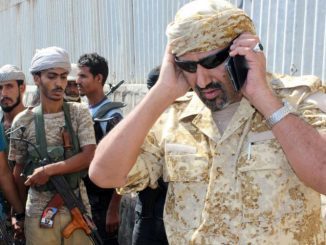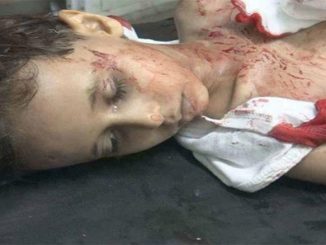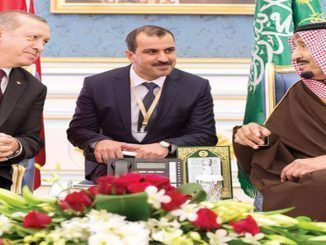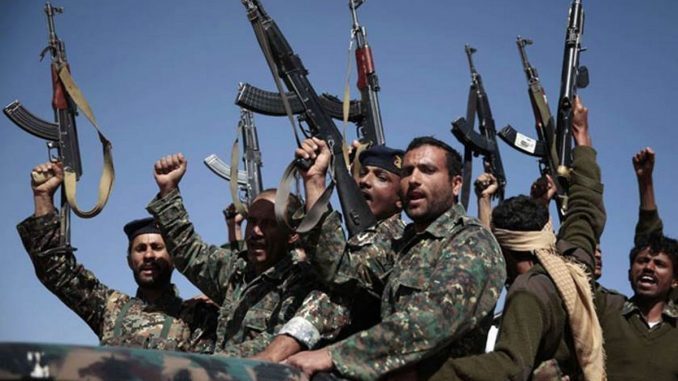
The Houthi-allied Yemeni armed forces have retaken Al-Labnat military base in Al-Jawf province from the Saudi-backed mercenaries fighting to reinstate exiled President Abdrabbuh Mansur Hadi. This is the first time in five years that it has been under Houthi control.
The pro-Hadi Islah forces at the base was reported to have handed weapons over to the Houthi forces.
The Houthis’ advance now means that they are getting closer to encircling the remaining Islah-stronghold of Marib. Saudi-supported ground forces are close to losing another northern Yemen province following most of Al-Jawf falling to the Houthi-led forces at the beginning of the month.
It is speculated that the next target will be the Mas military base situated in Marib province. There are also ongoing battles to capture Kofal camp from Saudi-backed forces. The assaults are launched from Sirwah, which is currently under the control of the pro-Houthi military.
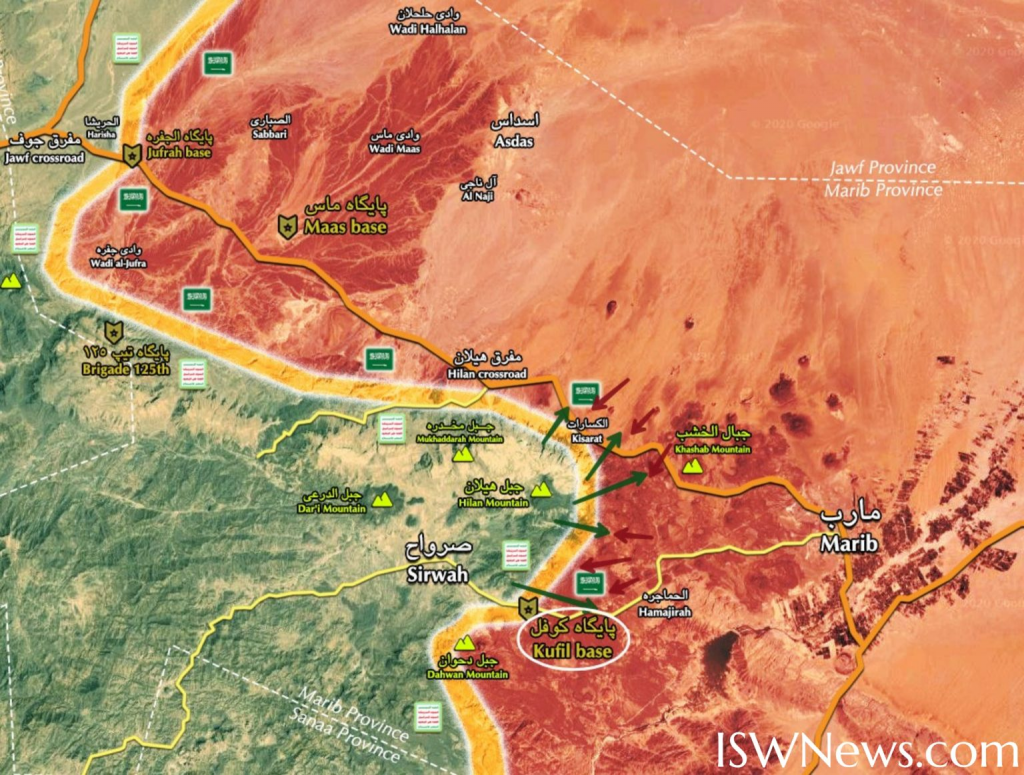
The collapse of the Saudi-backed ground forces could necessitate a Saudi withdrawal according to academic Samuel Ramani. He has drawn parallels with the strategic impact of the Syrian government retaking control of the city of Aleppo.
A third of all Saudi coalition air strikes in Yemen targeted civilians
Almost a third of all air strikes carried out by the US-backed, Saudi-led coalition in Yemen hit civilian targets, including hospitals, schools and food stores, new information from the Yemen Data Project has revealed. The data has been released on the fifth anniversary of the start of the coalition “intervention” in Yemen.
The findings suggest that over 18,400 civilians have been killed or injured as a result of coalition bomb attacks in its efforts to overthrow the Houthi-aligned National Salvation Government (NSG) and reinstate the exiled President Abdrabbuh Mansur Hadi who fled the country before resigning and then retracting his decision. According to the Houthi-allied Yemeni military, over 257,000 air strikes have been carried out by the Saudi-led coalition over the past five years. The northern province of Saada, the Houthi stronghold, has been the most heavily targeted.
“The data clearly shows that over the five years [the coalition] has been consistently hitting civilian targets,” said Iona Craig of the Project. “That’s indisputable.” She added that, on average, the coalition’s aggression causes 10 civilian casualties a day. “It’s not just hospitals and medical facilities you have to take into account. It’s the bombing of water and electricity infrastructure, the impact on food supply lines with food storage facilities and crucial road bridges being hit too.”
Of the civilians killed, it is believed that a quarter were women and children, marking 70 per cent of the total civilian death toll, the Independent has reported. The Project also claimed that coalition aircraft have bombed medical facilities including hospitals and clinics 83 times. Over 60 food stores have also been hit, alongside 134 water and electricity facilities.
According to the Armed Conflict Location and Event Data project (ACLED), which has collected data in partnership with the Yemen Data Project, the war has claimed the lives of more than 112,000 people. The previous year was the most violent to date, with over 25,000 fatalities reported.
Following calls by UN General Secretary Antonio Guterres earlier this week for a ceasefire in Yemen amid growing fears of the spread of the coronavirus, there have been reports that the Saudis have expressed a willingness to support it, a move that has been welcomed by the Houthi authorities in Sanaa. “It is time to put armed conflict on lockdown and focus together on the true fight of our lives,” said Guterres. Coved-19 is, he added, the world’s “common enemy”.
Saudi Arabia looking for a way out of Yemen
Saudi Arabia is said to be looking to find a way out of its devastating war in Yemen nearly five years after it led a coalition of Arab States against Houthi rebels backed by rival Iran.
The Gulf kingdom is believed to have felt even more isolated after its main regional ally, the United Arab Emirates (UAE), reduced its military presence in Yemen in 2019, in a bid to reduce its losses there.
A Western official familiar with the kingdom’s policy in Yemen said that “like the UAE, the Saudis want to say this war is over for us, but the situation on the ground is very difficult.”
Recently, the Houthis have been able to seize large areas in the strategic governorates of Al-Al-Jawf and Marib north of the country near the borders with Saudi Arabia, which would enable them to launch air strikes within Saudi territories.
However, several experts believe that Riyadh is still capable of putting an end to the devastating war in Yemen.
A research fellow in the Bernstein Programme on Gulf and Energy Policy at The Washington Institute, Elana DeLozier, said: “The Saudis are in the best position to do this [end the war] because they have relationships with all the major players in Yemen.”
However, she warned that “Saudi Arabia’s ability to manoeuvre and end the war on acceptable terms may be diminishing.”
Thomas Juneau, an associate professor at Ottawa University, Canada, said in an analysis published by the Sanaa Centre for Strategic Studies that “Riyadh believes that its sudden withdrawal will weaken the coalition or lead to its disintegration, which serves the Houthis and their external support, Iran.”
He explained that at the same time, “Riyadh wants to reduce the costs of its intervention in Yemen after it has realized that it cannot afford the war’s financial and military costs in the long run.”
So far, there have been no signs that the war in Yemen may come to an end which Saudi officials have confirmed is key to countering “the threat of Iranian expansion.”

